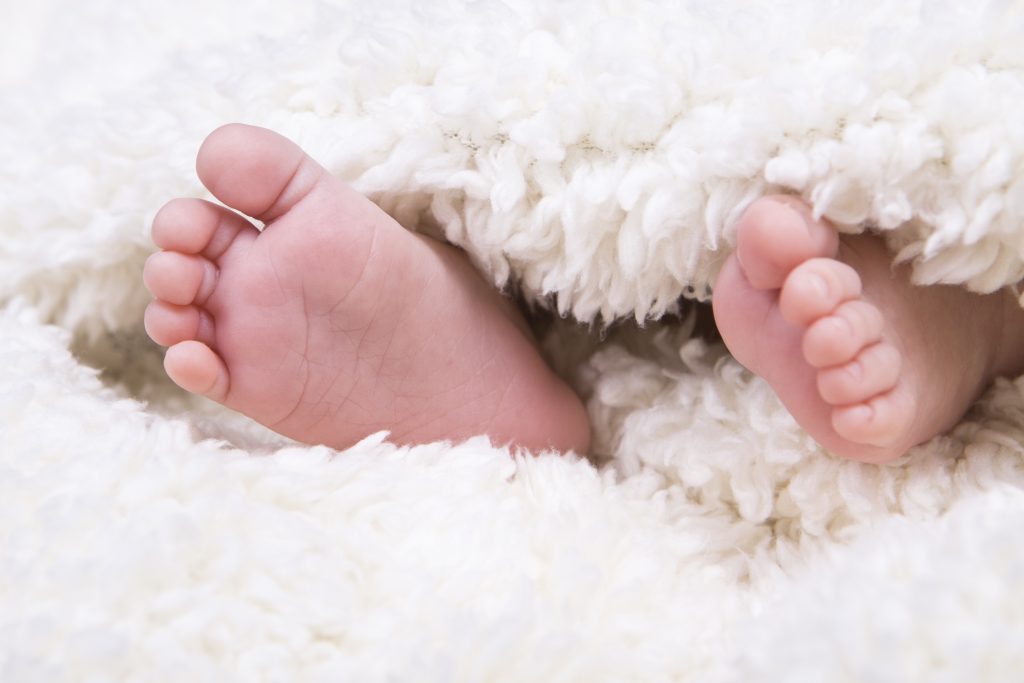
By David Birnbaum, Head of Design Strategy and Outreach
Researchers from UC San Diego recently published findings on simulating softness by first calculating how soft or hard a material will feel based on material thickness, stiffness, and surface properties. The researchers state they hope these findings will lead to useful technologies like electronic skin, prostheses, and medical robotics that can stimulate softness. If the findings of the paper are correct, then “softness” can be considered a fundamental property of a perceived object, rather than only being a combination of other perceived properties.
In our work as haptic designers, we often focus on creating mechanical sensations that simulate button presses for use in mobile phones, automotive interfaces, laptops, and gaming devices. However, as we enter a new technological era in the 2020s that includes the Tactile Internet, social robots, and affective computing, haptic design opportunities will come in many new and unexpected forms. As the digital space between humans and computers is redefined, the “softer” side of haptics will play an important role.
This research also teaches us that, surprising as it might be, there’s much left to learn about the sense of touch. Scientists are still working to understand how it influences perception. As more is learned, touch interfaces will be able to be better designed. As one of the researchers commented, “if we can find the other ‘pixels of touch,’ can we combine them to make any tactile image we want?”
Read the full Science Blog piece here.

